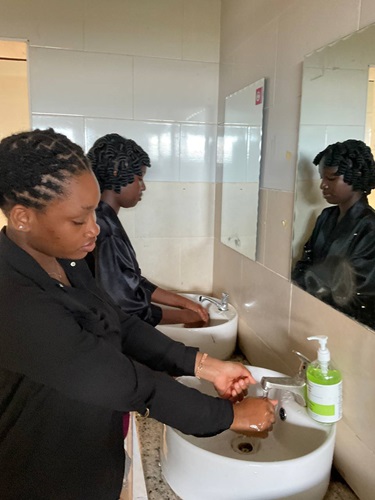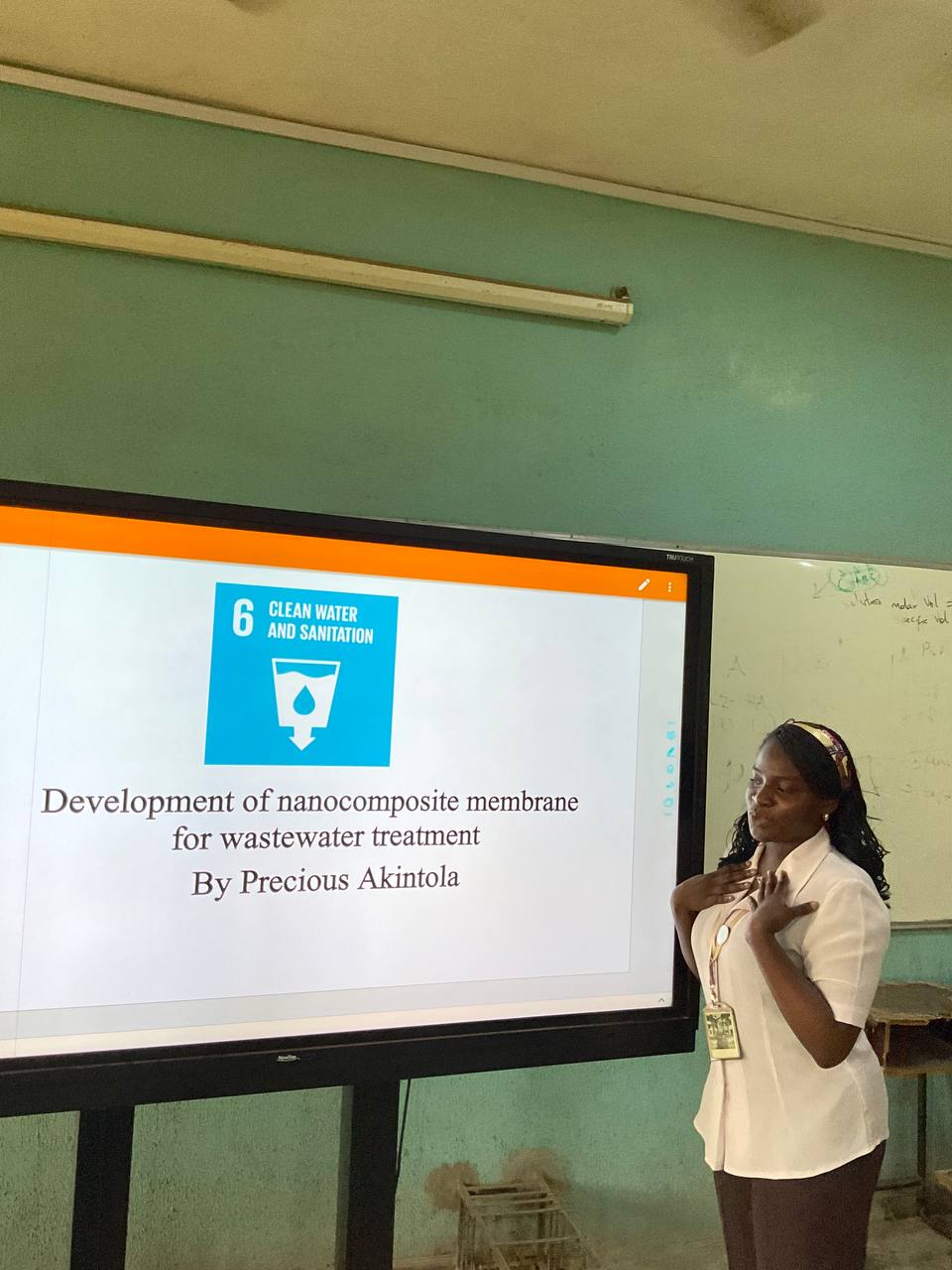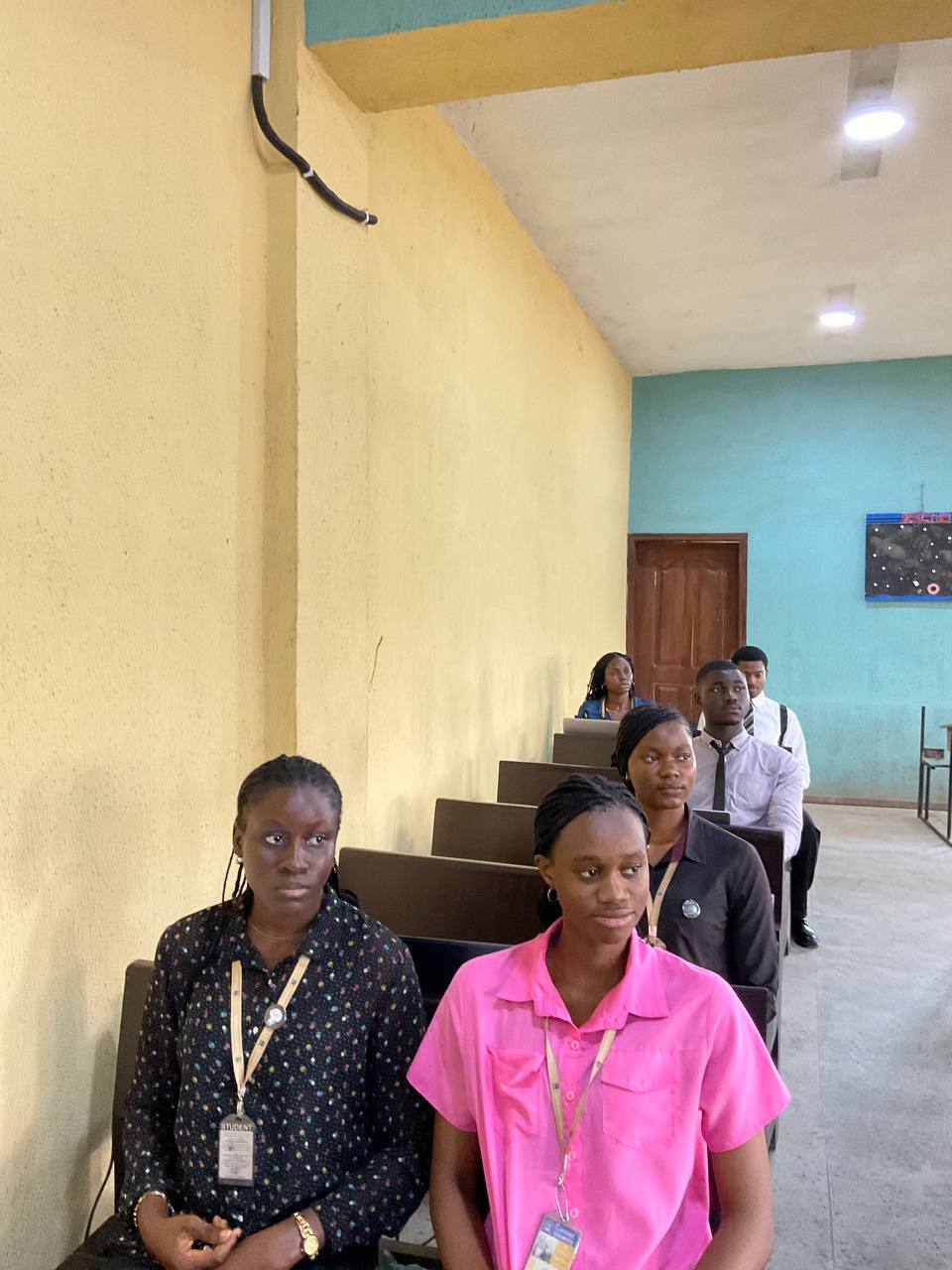Sustainable water supply and sanitation
for all
Sustainable water supply
and sanitation for all
- 6.2.1 Access to clean Water
- 6.2.2 Water Extraction Process
- 6.2.3 Waste water treatment Process
- 6.2.4 Pollution Prevention Process
- 6.3.1 Water Loss Prevention
- 6.3.2 Drought Tolerant Plants at Covenant
- 6.3.4 Community Awareness
6.2.1. Access to Clean Water
Clean, fresh water is vital for human survival, and Covenant University ensures access to safe drinking water for all students, faculty, staff, and visitors. The university has installed multiple water dispensers across campus to provide free drinking water, and tap water is also safe for consumption.
Students residing in hostels and Post Graduate Halls (PGH) have convenient access to drinking stations in their hallways and dining areas. These amenities enhance the comfort of on-campus living. Additionally, free drinking water is available in the faculty and staff residential estates, with water ports located at various points to ensure easy access for the university community.
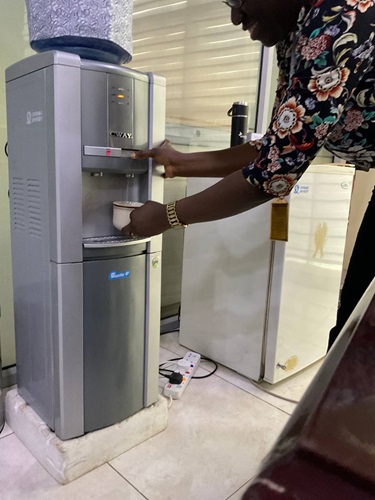
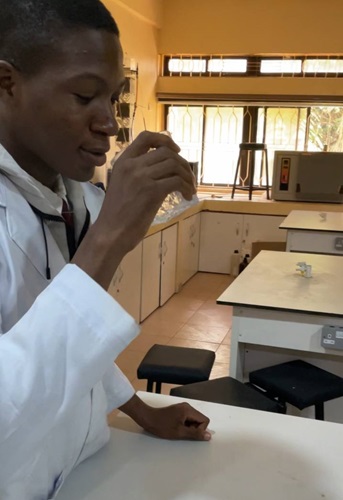
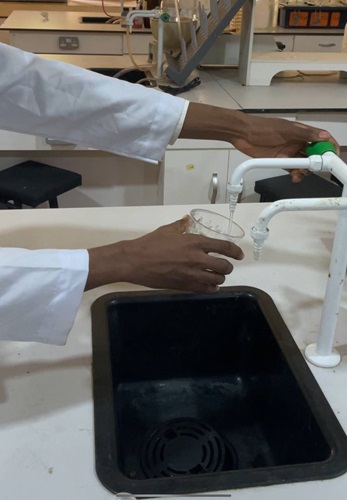
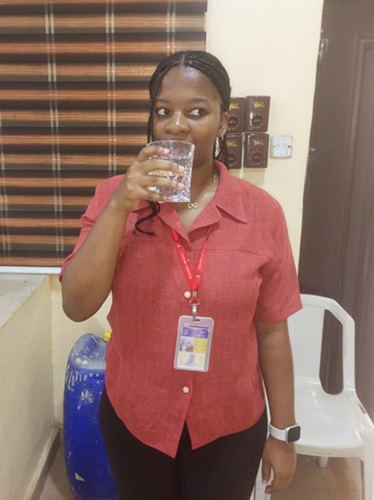
6.2.2. Water Extraction Process
Covenant university has a central borehole system that draws water from an aquifer to the surface and up to the storage tanks via a water pump. The water is pumped to the aeration tank (Fig. a) where the oxygen level of the water is increased before sending to the storage tank (Fig. b). The water in the storage tank is being dosed with soda ash for 8 – 10 hrs for reaction to take place to eliminate and inhibit all microbial activities. The water is then transferred to the activated carbon and carbon filter (Fig. c) to remove the odor and other impurities, then transferred to an Ozonizer to further purify and eliminate bacteria. Before it is sent to the overhead tanks, it is first passed through other purifying agents such as micro-filters of 5, 1, 0.1 µm sizes (Fig. d), then to Ultraviolet (UV) light for the elimination of other microorganisms. Analysis is done to ensure that there are no more contaminate in the water after treatment. An Analyst certificate is given, after analyzing the treated water.
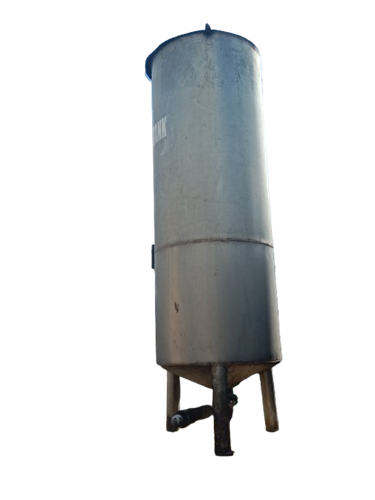
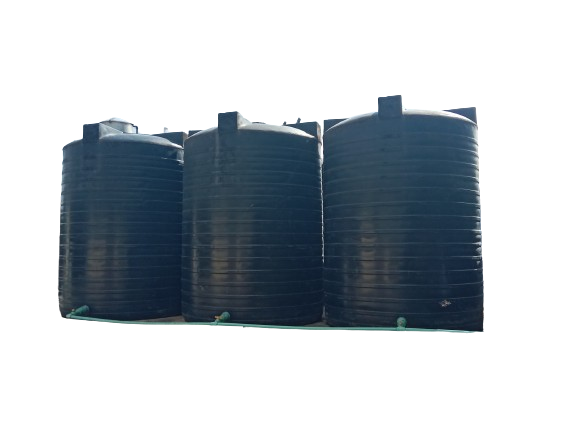
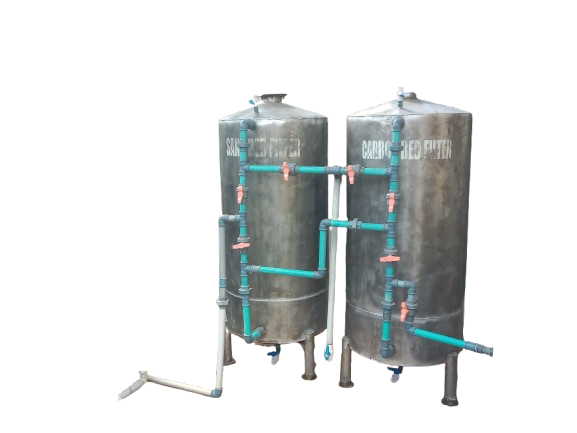
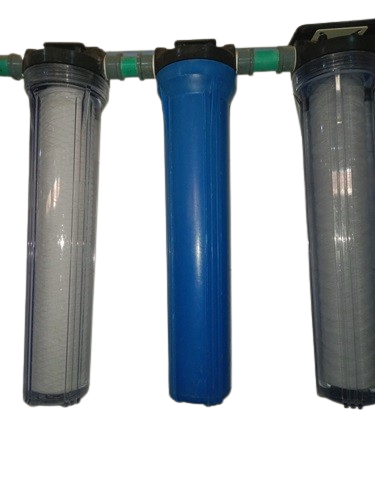
6.2.3. Waste Water Treatment Process
Covenant University has a comprehensive wastewater treatment process that is inspected quarterly by the National Agency for Food and Drug Administration and Control (NAFDAC) and the Standard Organization of Nigeria (SON) to ensure compliance with water quality standards. The treated wastewater, used primarily for irrigation, is discharged into storage tanks every six months after meeting the required specifications. Fresh water is then introduced and rigorously tested for quality.
The wastewater from various areas within the campus is directed to collection tanks and treated through a central sewage system.
6.2.4. Pollution Prevention Process
Covenant University has established processes to prevent water pollution, including accidents or incidents that could affect the water system. The university operates five pump stations that supply water to overhead tanks, which are securely managed by the Physical Planning & Development (PPD) Unit. Unauthorized personnel are prohibited from accessing the pumps, and the tanks are professionally cleaned three times a year to ensure the water meets drinking quality standards.
Additionally, the PPD Unit conducts daily monitoring of the pumps that transport water from the boreholes to the overhead tanks. If any malfunction or leakage is detected, the pumps are immediately repaired or replaced to prevent contaminated water from entering the system. This proactive approach ensures continuous protection of the university’s water supply.
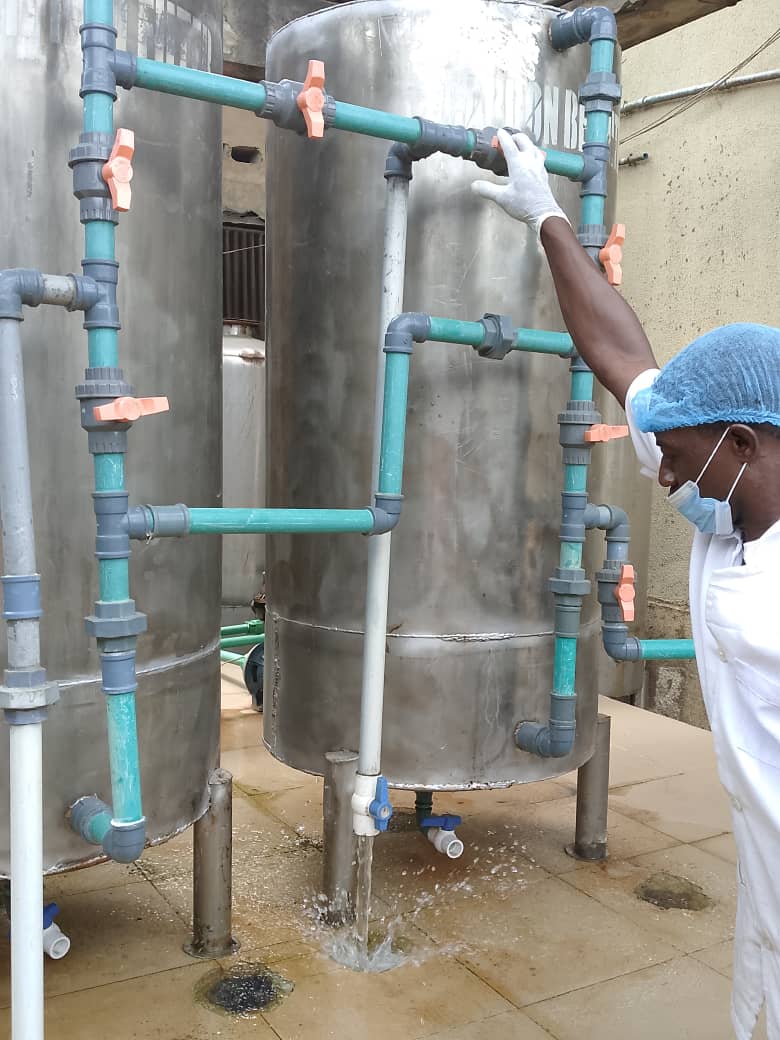
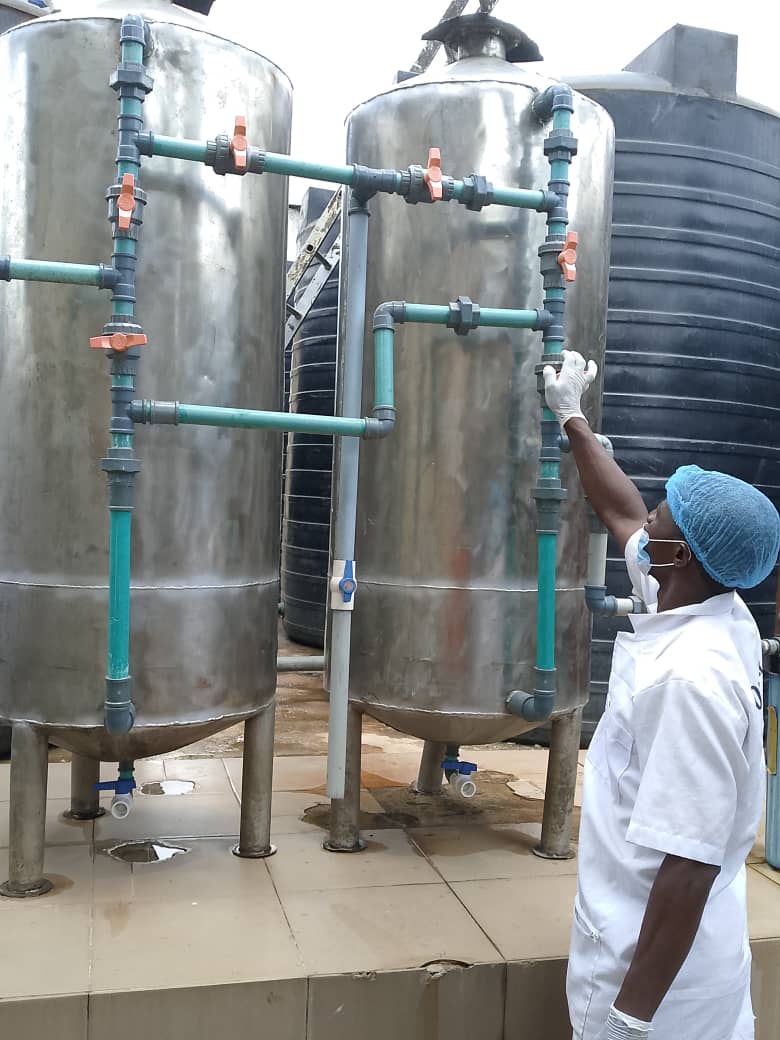
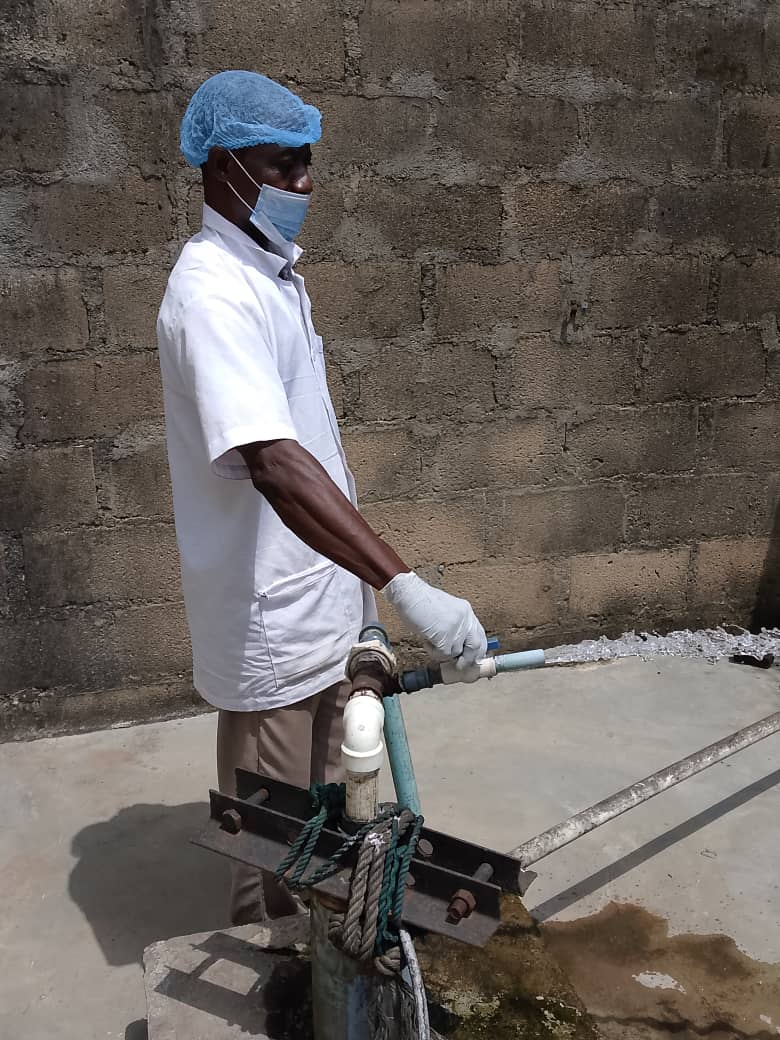

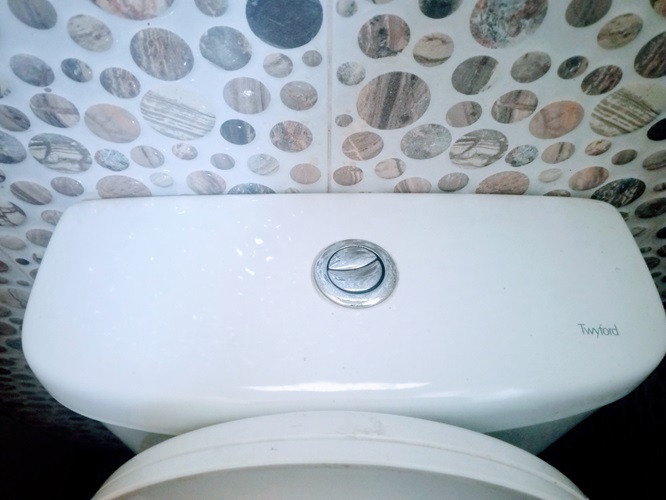
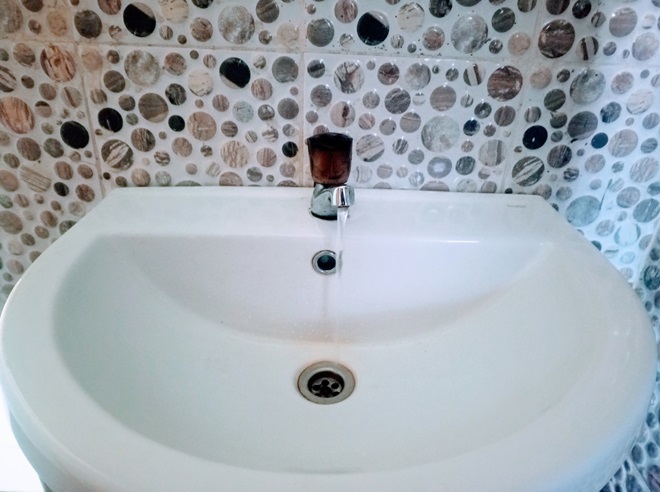
Water Loss Prevention
Covenant University has implemented measures to reduce water usage by installing toilets with smaller flushing systems that use less than 6 liters of water. Additionally, the university promotes water efficiency by using tap aerators, which mix air with water to increase pressure while reducing overall water consumption.
Drought Tolerant Plants at Covenant
Covenant University is committed to expanding and enhancing green spaces on campus, with a significant portion of its development dedicated to these areas. While green spaces require substantial water for irrigation, the university’s Physical Planning & Development Unit has implemented efficient practices to minimize water use. Sprinkler irrigation systems are employed to optimize water distribution, and drought-tolerant plants are utilized to further reduce water demand.
The Date palm tree, known for its drought resistance and evergreen nature, is prominently cultivated on campus, providing both aesthetic and practical benefits. Additionally, Elephant grass, another drought-tolerant plant, thrives in a wide range of rainfall conditions and is also grown around the university. These efforts contribute to sustainable water management through the reuse of treated wastewater for irrigation.
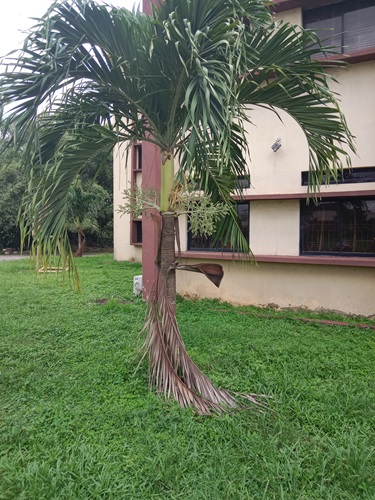
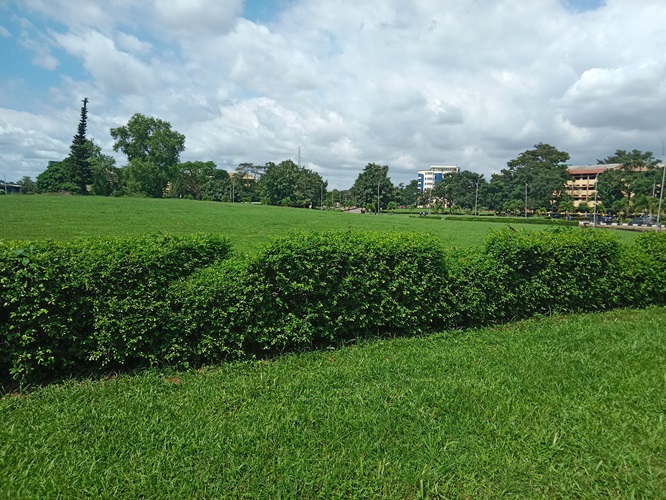
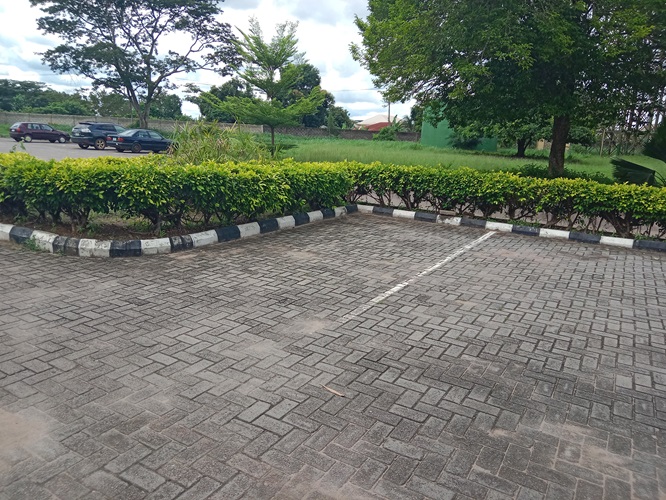
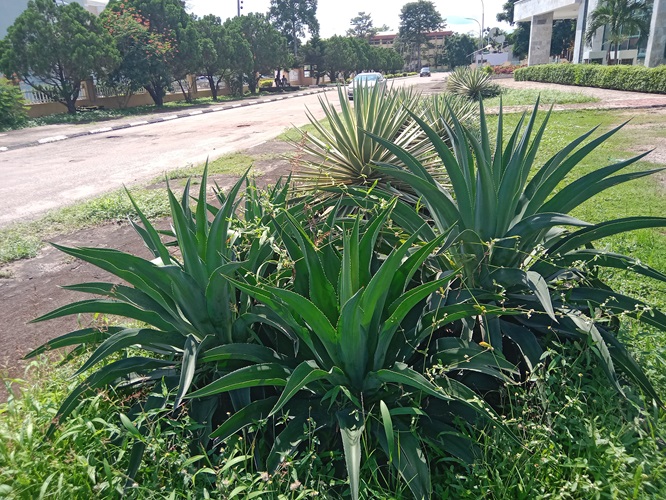
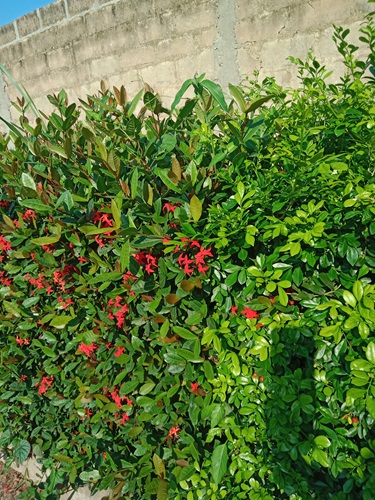
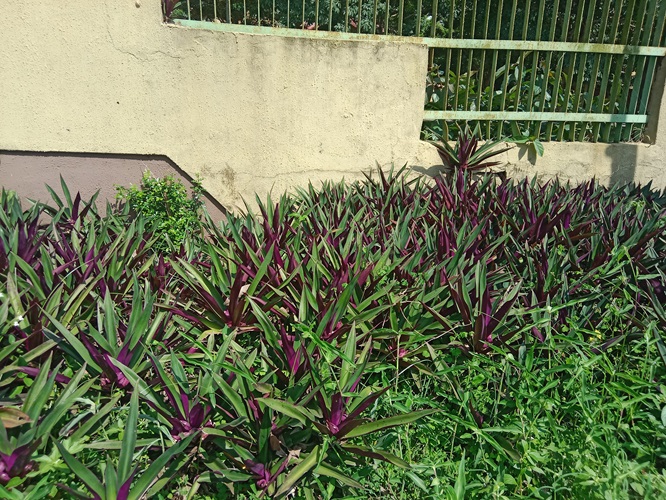
Additionally, Syzygium australe (Hinterland Gold), a fast-growing evergreen shrub or small tree with dense foliage and cream-white flowers, is a drought-tolerant plant cultivated throughout the campus. Aloe vera, a succulent and drought-resistant plant from the Aloe genus and Asphodelaceae family, is also widely grown on campus, further supporting the university’s sustainable landscaping efforts.
Community Awareness
- Educational Workshops and Seminars
- Research and Collaborative Projects
- Community Engagement Programs
- Public Awareness Campaigns
- Partnership with Govermental and Non-Govermental Organizations
